There vine leafhopper (Scaphoideus titanus) is an insect belonging to the order Rhyncotafamily Cicadellidaesubfamily Deltocephalinae. This specific parasite of the lives it is also known as leafhopper of flavescence doréeas it is, precisely, the primary vector of golden flavescence of the vinesevere ampelopathy that increasingly affects Italian vineyards.
The leafhopper Scaphoideus titanus is native to the United States and Canada. She is therefore a alien insect accidentally introduced to Europe in the 1960s, specifically in France. Since then it has gradually spread also in Italy, initially in the wine-growing areas of the Northern regions, but currently also in the Center-South.
So let’s see how to recognize the leafhopper of the vine, the monitoring techniques and the biological defense to avoid the risks of diseases.
Description of the vine leafhopper
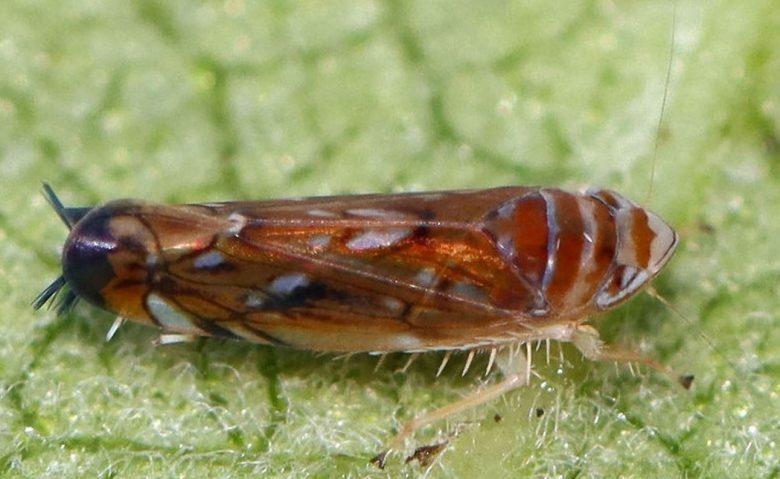
The Scaphoideus titanus in adult form it measures a few millimeters, precisely from 4.8 to 5.2 in length for the male, 5.5-6 mm for the female.
The appearance is typical of leafhoppers, that is, a tapered shape in the terminal part of the body. The color is ocher-brown, with a prominent head affected by blackish transverse lines between the eyes. Other distinctive signs of the vine leafhopper are: expanded reddish-brown dorsal transverse spot; thoracic shield with reddish-brown bands; front wings ocher-brownish, black at the tip and with white spots.
Egg
The eggs of the vine leafhopper measure 1.3 × 0.3 mm, are reniform and elongated, smooth chorion, whitish-cream color.
Youth stadiums
The leafhopper of the vine goes through 5 juvenile development stages, specifically 2 of nymphs and 3 of nymphs.
The nymphs of Scaphoideus titanus they are whitish in color, with two characteristic triangular black spots opposite each other on the lateral dorsum of the last segment of the body.
The nymphs, on the other hand, are yellow in color with ocher wing cases. Other ocher spots appear on the tergiti of the thorax and on the dorsal part of the abdominal segments.
Damage of the leafhopper to the vine and of the flavescence dorée
The leafhopper Scaphoideus titanus it is a parasite closely related to the vine. The nymphs feed by sucking the sap of the lower order ribs, while nymphs and adults subtract the lymphatic flows from the main ribs, from the leaf petioles and from the more tender shoots. Following this lymph sucking activity there are no serious symptoms, at most small necrosis and chromatic alterations can be highlighted in the affected points. The problem, as mentioned, indirectly arises in those wine-growing areas that suffer from the phytoplasma of the flavescence dorée, of which the leafhopper is the primary vector.
In practice, if the leafhopper goes to feed on sap on a sick plant it can transmit the disease to a healthy plant.
So the problem is serious and the fight is mandatory (Ministerial Decree 32442 of May 31, 2000), in areas where the flavescence dorée and its vector (the leafhopper) are present at the same time.
Life cycle Scaphoideus titanus
The leafhopper of the golden flavescence of the vine completes a single generation per year. Winter is passed at the egg stage, with the ovature being laid in series of 10-12 elements in the cracks of the 2-year-old shoots or, more rarely, in the shoots of the year.
The nymphs of the vine leafhopper are born therefore in spring, usually in the second decade of May and continue until the whole month of July. However, the most conspicuous births occur between May and June.
The newly born leafhoppers live on the underside of the leaves, in the shaded areas of the vegetation. After 5 juvenile stages and about 50-55 days (2 nymphs, 3 nymphs) the adults appear. The adult leafhoppers live for about a month and when fully mature they mate. The fertile females lay their eggs between the end of July and the end of September.
How to monitor the leafhopper of the vine
To monitor attendance Scaphoideus titanus in the vineyard are very effective yellow chromotropic traps activated with entomological glue sprinkled on both sides of the trap. The chromotropic traps must be installed already in the second half of May, distributing 5-6 traps for each hectare of vineyard. Traps should be replaced every 10-15 days.
How to prevent vine leafhopper and golden flavescence
To prevent the spread of leafhopper in the vineyards, with the relative risk of golden flavescence, it is first of all necessary to avoid the use of nursery material from areas where the presence of leafhopper has been ascertained. In fact, in the rooted cuttings, eggs could nestle.
In an already attacked vineyard it is of fundamental importance to destroy i pruning residueseven these could in fact contain the eggs of leafhopper of the flavescence dorée.
How to get rid of the vine leafhopper
In viticultural areas affected by golden flavescence, biological control against leafhoppers is indispensable, as well as mandatory. In organic viticulture it is necessary to intervene in the early youth stages. It is therefore essential to follow the monitoring results offered by the use of traps and to intervene promptly.
Between Organic products authorized against the vine leafhopper we have theazadirachtin and the natural pyrethrum.
It is advisable to carry out the treatments in the evening, so as to increase the wetting time of the vegetation. Spraying must be very accurate, trying to reach the underside of the leaves where the leafhopper hides. After the first treatment (which is carried out at the beginning of the season, after the first findings on the traps), it is advisable to carry out another one after 10 days. This second intervention, if the traps confirm the presence of leafhoppers, it is advisable to do it towards the end of July, as there may be adults coming from the neighboring vineyards.

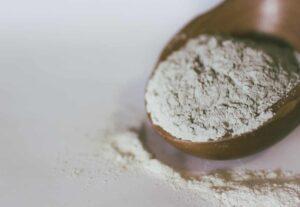
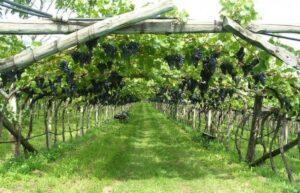
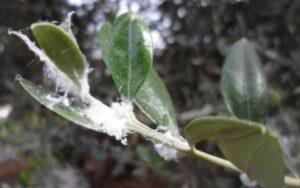
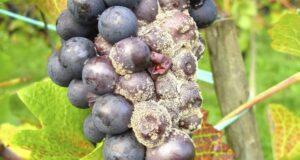
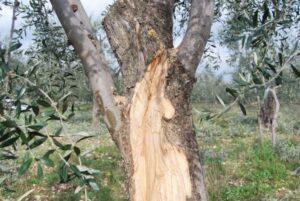
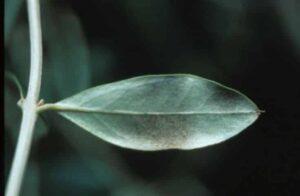
Start a new Thread